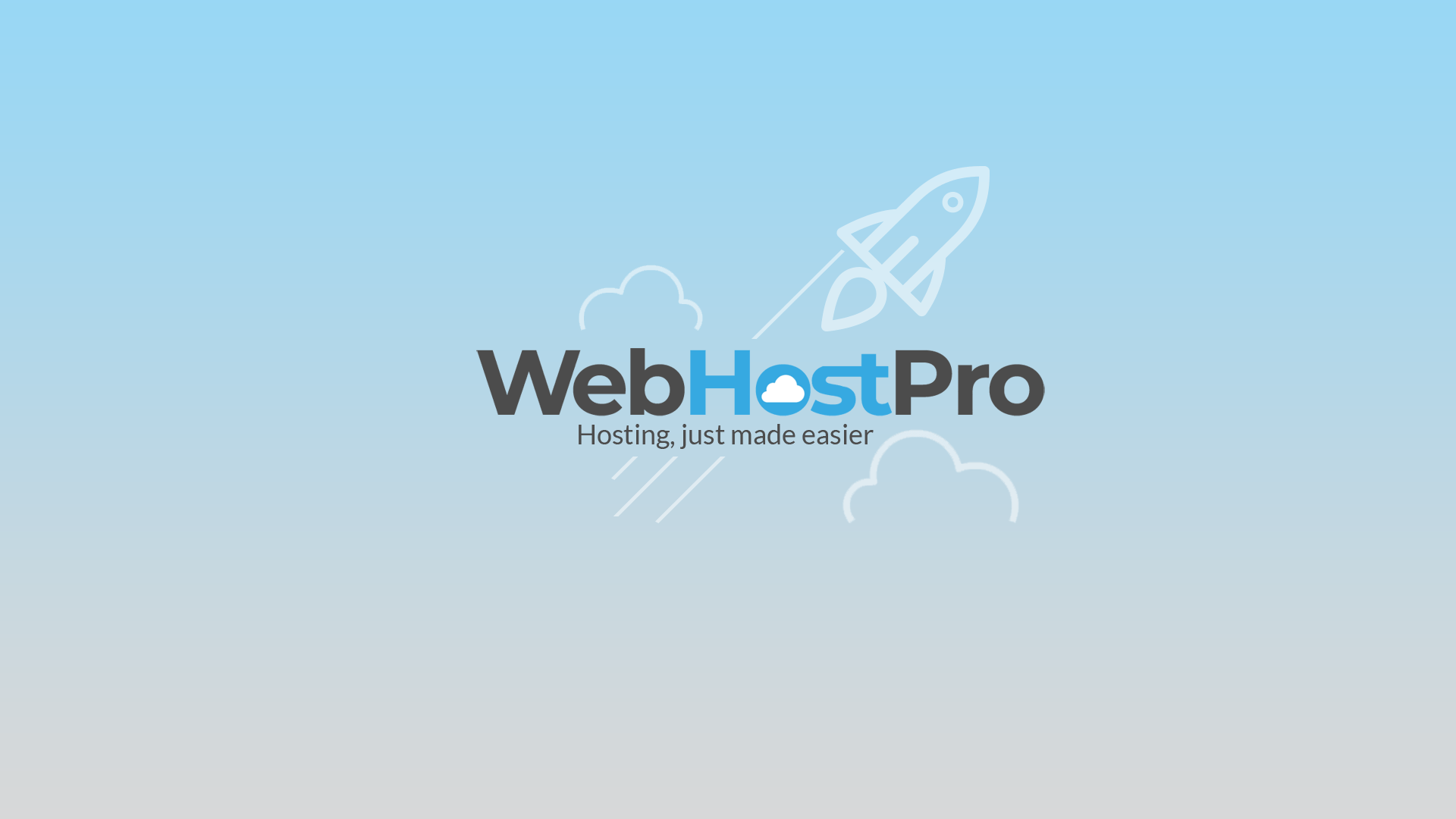Today we are going to go over the different types of network switches. There are four primary types and several different types within the managed section.
We will go over each one.
1. Router
A router is a basic wired or wireless switch that allows more than one connection to use its resources. These usually do not prioritize the connections and have a free-for-all type of traffic hierarchy. These also can have a Modem built-in and tend to be the easiest to use.
2. LAN Switch or Hub
LAN Switches are for internal networks, normally. For example; if you have an office, these can connect every computer within that office. These tend to have a USB port or printer port, so everyone connected can connect to that printer. LAN’s are best to organize traffic and bandwidth so all the systems stay even through the flow of traffic. Without a hub or LAN Switch, you are likely to get bottlenecks from one or a couple users, thus slowing down the entire network.
3. Unmanaged Network Switch
Unmanaged network switches are typically used to connect to the internet or the outside world. You can bring in a single Internet connection and split it between a couple or up to 50 ports. These typically can be stacked to handle more connections as well. These are very limited in performance because they use the Mac address to track each system, which makes it much harder to find each computer or server. You are also stuck with whatever system is used to disperse each connection. This works best for workstations and smaller offices that do need a lot of outgoing traffic to the internet. The connection is slower and less consistent than most managed switches.
4. Managed Switches
Managed servers are typically for production purposes and data that is outgoing from a local network. For example, if you have servers or files that you want to publicly allow people to access or download from the Internet, a managed switch is your best option. Not only is there better overall performance, but you can customize every part of the connection through an interface. You can change the ports to handle traffic differently and run the Switch off of an IP. Managed switches can also be stacked and managed from one interface.
There are two types of managed switches.
Layer 2
Uses Mac addresses to route traffic, every computer has one. The benefit is this does not require much technology and anyone can run a switch like this. The downfall is that it does not have much technology and has more collisions and errors than layer three. Layer 2 switches have to seek out the information for each server or computer.
Layer 3
This is what Web Host Pro uses and is considered the crème de la crème. This technology uses IP addresses that are sent out from each device to the switch. This gives less work to the switch to find each computer or server and faster communication between them both. If speed and consistency are necessary, you want to stick with a good quality managed layer 3 switches.
(Layer 1 is actually the hardware and is not a switch type rather than part of a switch)
I hope I didn’t explain with too much techie jargon, we are always trying to find ways at Web Host Pro to make what once was a tech talk something everyone can understand.
Need web hosting? Check out our low-cost superfast web hosting here: Web Hosting Services

